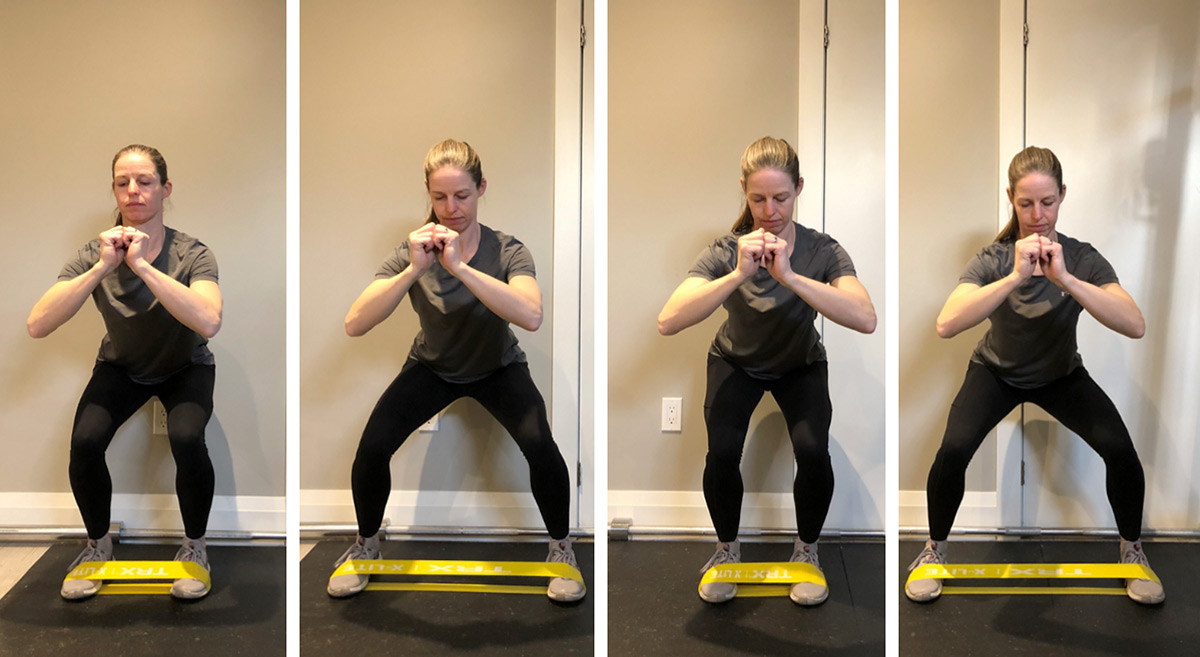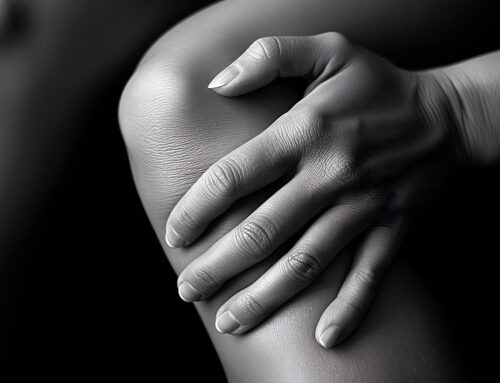Hip Strengthening Exercise
Many people come to the clinic and tell me that their glutes aren’t activating the way they want them to. If only I had a nickel for how many times I’ve heard “my glutes aren’t firing.” I understand what people mean when they say this. When doing certain exercises, they feel like their gluteal muscles should get more of a “burn” to feel like the muscle is activating properly.
However, the idea that your gluteal muscles aren’t activating is a false idea that has been passed around the fitness and rehabilitation world for many years. I remember as a student observing the activation patterns of fellow students in a lab to see if their hamstrings, gluteals or lower back muscles “fired” at the appropriate time. Although the thought of an ideal activation pattern and inhibition of muscle provided a logical reason why we see certain patterns of muscular pain in many patients, the evidence doesn’t really support it. If you can stand on one leg, walk somewhat normally or even stand on two feet and squat a little bit, you can be assured your gluteals are activating. If you’re still unsure, push your finger in the muscle and do one of these activities. Feel the muscle turn on?
Strengthening the Gluteals
All that being said, strengthening the gluteals is often recommended for patients with hip, knee and lower back pain. In fact, it’s recommended for anyone that cares about their health and wellbeing. It can only help to get stronger in a muscle that we use every time we stand, walk and squat. I’ll never disagree with a patient that wants to strengthen any muscle, especially a prime mover for many hip functions.
The monster walk and sumo walk have become very popular gluteal exercises. Usually, they are recommended by practitioners for targeting the gluteus medius (the gluteal muscle on the side of our hips, important for keeping our pelvis level when on one foot and for lateral movements). An interesting paper published in the journal of clinical biomechanics investigated the differences in gluteal activation when we place the band at the knee, the ankle and the toes. What they found was interesting but probably somewhat predictable.
The monster walk is performed by getting in a slight squat and stepping sideways with your legs staying fairly wide apart. The sumo walk is done similarly, just adding movement forward and backward. What makes this exercise difficult and what really activates the gluteals is the theraband loop around the legs, forcing the person to push outward so the legs don’t get pulled together. The authors of this study compared theraband placement at the knee, the ankle and the toes. Somewhat predictable, they found that when you place the theraband closer to the toes, it causes the gluteals to activate more as they have to counteract the rotational forces (which don’t occur when in the knee or ankle placement). It’s important to keep this in perspective. The traditional sumo walk and monster walk are great exercises, even if you don’t put the theraband around the forefoot. This study had some drawbacks; there were only nine subjects, and they used surface EMG (sensors on the skin which don’t really monitor the deeper muscles).

You can likely assume that your gluteals are “firing” adequately if you can walk normally and stand on one foot. At the same time, strengthening these muscles is always a great idea. Placing a resistance band around the forefoot will potentially activate the gluteal muscle to a greater degree so give it a try. According to this study, it should make it more difficult.
By Dr. Kevin McIntyre B.Kin., DC
References
Cambridge EDJ, Sidorkevicz N, Ikeda DM & McGill SM. Progressive hip rehabilitation: The effects of resistance band placement on gluteal activation during two common exercises. Clinical Biomechanics 2012; 27(7): 719-24.







